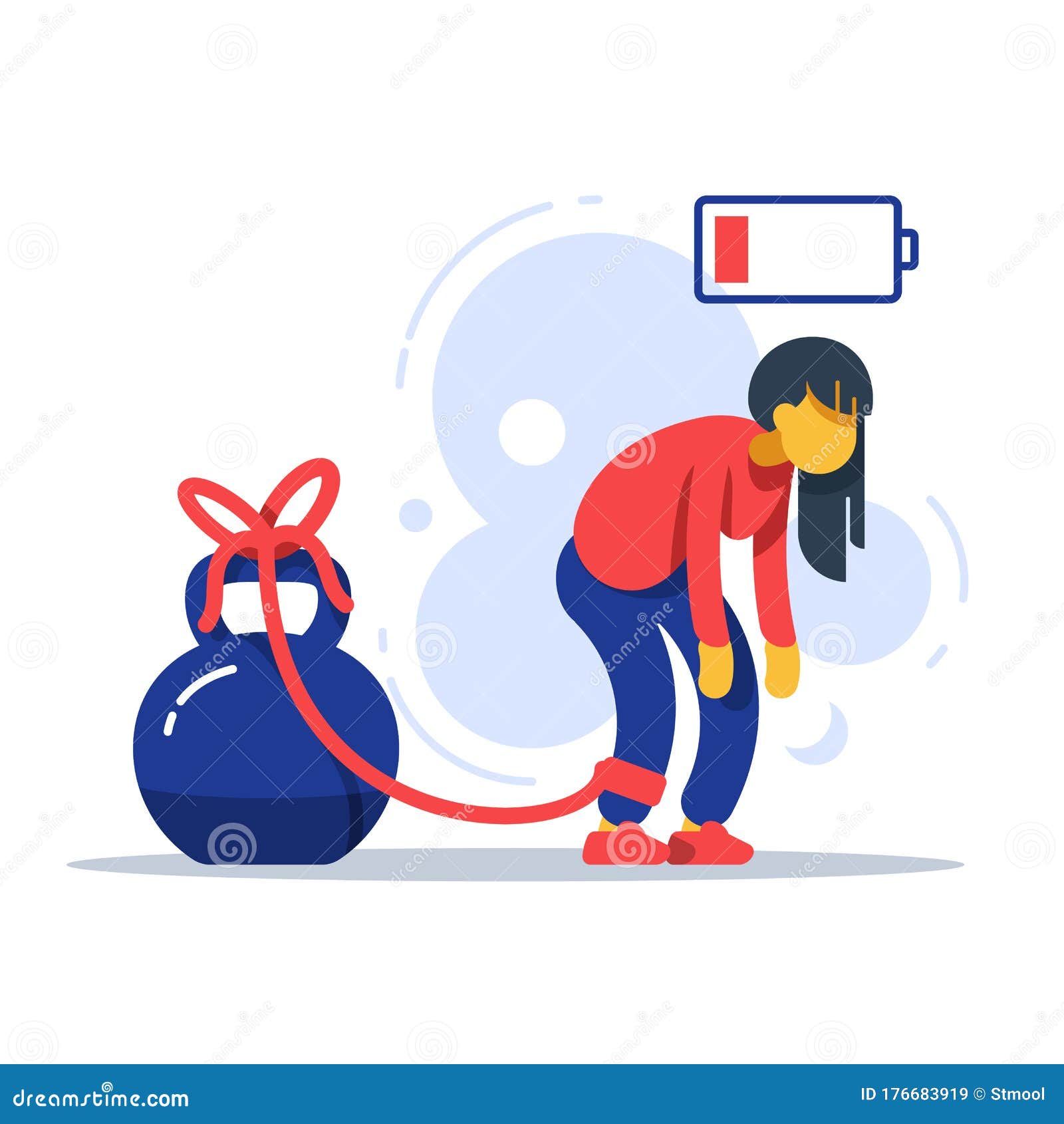 Films
Films
How do Films Relate with Women?

As I was snoozing while watching Independence Day (1983), in my slumber my ears perked up on the dialogue between Nancy Morgan (Dianne Wiest) and Mary Ann Taylor (Kathleen Quinlan)! I addictively peeled my eyes open an Nancy Morgan said, “I feel tired all the time“. to this Mary Ann Taylor replied, ” it’s the Valium”. But Nancy said, “No. It’s a different sort of tired. It’s…um…inside my bones. And it’s real deep. Inside my bones.” My sleepy mind woke up enough to relate her condition to my current pace in life. I dozed off with the thought only to dream of the same. For me the dawn of today was like any other. With my tired being after last night’s slumber, I woke up after innumerable failed attempts of shutting off my phone alarm. I dragged my drooped soul towards my morning rituals and like a repetitive mechanism I did what all I had to do. While I was trying to tie the threads of my life with a monotonous coup of honey-lemon warm water, cradled in my hand, it suddenly dawned upon me, how many things I have been doing the same way, every day. They have been my ‘one thing’ that I do each time every 24 hours. The lukewarm darkness coated its pain upon me and once again and here I am writing about so many ‘one thing’ that we women do every day of our unique life given to us.
We wake up everyday with the baggage of responsibilities that we so-readily mistake to be our duty (the sense of duty has been so well-engraved in our x chromosomes even before we are born!) Work, home, kids, husband/partner/better half/another half and many more. For once there is weak-dying and dependent wish to do away with these titles, then we are awake again! Then we move ahead through the day checking the tick-boxes so that our stupid self-massaging ego gets satiated and those ever-so powerful so-called invisible others can open that ‘acceptability door’ that is almost like an ever-sucking suction hole that drains in it every possible ego from us. As we move forward there are droplets of smooth moments that if or when trickles towards us, have our utmost gratitude that we guise under the garb of gratification of being a woman and identifying it with our essence of existence. What we forget to ask is why we, why us? If women are categorised still as ‘weaker sex’ by quite a few according to the convenience, then why the double standards? It is as if we are bestowed upon with the title of carer, and someone who can do it all, at the same time our invisibly visible demons in various shapes and genders unconsciously or subconsciously are pulling us down to that rock bottom where the value of women is nothing more than that figment of imagination which totally downsizes their existence. According to “wise men” women are genetically made physically weak yet they are made in a way that they are emotionally strong. It is such a narcissistic declaration. We are being empowered by keeping a strict check on our list of do’s and don’ts! We are supporters for all the possible people who are in a different capacity than us provided we stay in our unimaginably complex boundaries drawn by so-called significant others.
Why not take ‘her’ out on a merry-go-round of our glamorised and idolized world of cinema that claims to give a panoramic canvas to the representation of women. Be it the role of mother, wife, lover, vamp, sister and many more, there is always a justification for her reserved representation. We see her in one role or the other in almost all the movies, still it feels that her representation is like just another projection of any minority. We applaud the strong roles that have come up today for her and feel so proud that at least those roles have strength to earn the moolah or critical acclaim at the box office. However, if we look deeper, we will realize that the underline bed of truth speaks the same old tone, maybe a little sugar-coated but still the same. The opportunities have increased but are there enough of them to give a justifiable representation? According to Judith Mayne in her article ‘feminist film theory and women at the movies’, pub. (1987), there is no easy fit between ‘real’ women and their cinematic representation. In fact, sometimes it does not fit only. This fit is what brings about the point of contradictions that hover over her reality. The line almost always blurs when we realise that what we see on the screen, the ideal or could-have been ideal woman is what we are wanting in our daily life. Someone who must fall under a certain parameter of societal acceptability. On screen, if a woman is been shown as a strong character that has human traits of being capable of negative personality of having a downward graph, then either she meets her negative end or she returns to her true hypothetical identity of goodness and purity. The yardstick is so fictional in itself that when women in real life look at ourselves or like our own, we start justifying our doings or otherwise we are considered the rebellious few with no real respect or self-worth on others’ or our own eyes!

The concepts of morality, duty, happiness, selflessness, and everything that is respectful according to the social norms and constructs, has a concentration of muddy puddle in the core of their construction. The never-ending expectations and trickling down of women empowerment as charity to her, need to be realised that it is not something that is or should be given to her, even as support. The right to own her own being is like her skin that ha its own blemishes and scars. She should be proud of herself as a separate entity and must be alright if and when she does not confirm to the rules of society because in the end it is ok to be wrong, it is ok to flunk, it is ok to not just care and keep on giving and giving. It is perfect to not feel the guilt of being that idolised perfection of figment of human reality. It is ok to be a mere human.


























